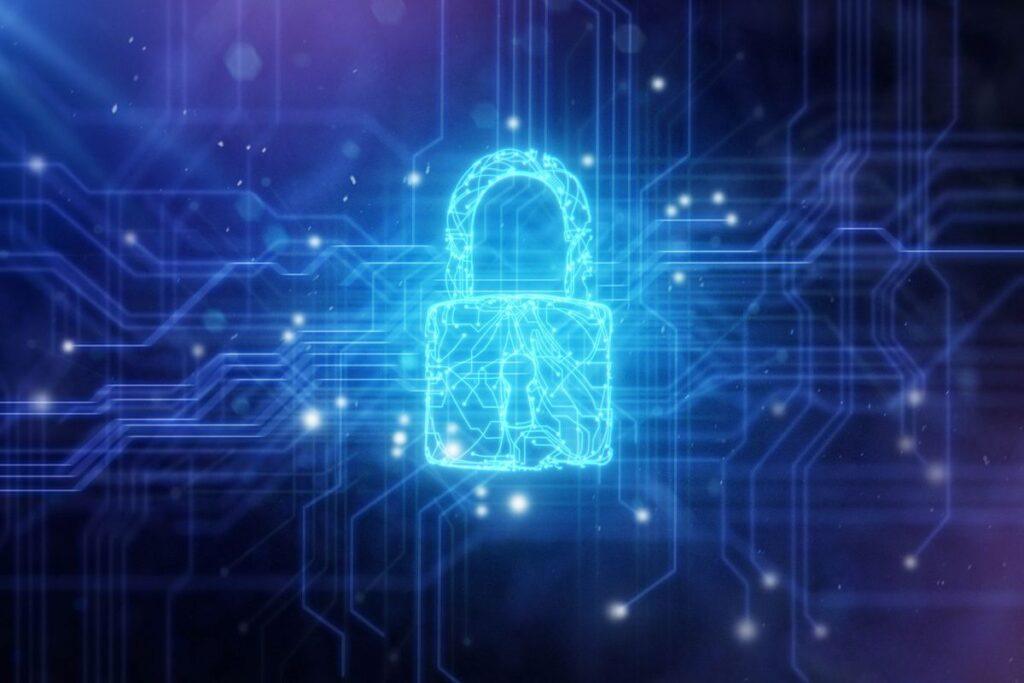Next-generation SIEM tools are deployed for future-proof cybersecurity operations. Here’s what you need to know.
Times change rapidly in the ever-evolving cybersecurity space, with threat actors moving quickly and organizations working to keep pace. Adversaries are infiltrating organizations faster than ever: the average eCrime escape time (the time it takes for adversaries to move laterally after compromising an initial host) has dropped to just 62 minutes and the time to Fastest leak observed was just over two minutes.
This acceleration highlights the critical need for organizations to increase efficiency in their security operations. Many are now wondering: Are legacy SIEM tools equipped to handle the change of pace?
As companies transition to cloud-based systems and adopt new technologies, traditional security information and event management (SIEM) tools often struggle to keep up with the growing volume of data and alerts that accompany a larger and more complex attack surface. This creates inefficiencies that leave organizations vulnerable to breaches. We are seeing enterprises turn to next-generation SIEM solutions in an attempt to future-proof themselves against cyber threats and keep critical information secure.
CTO for EMEA at CrowdStrike.
The need for speed and operational efficiency
Every second counts in cybersecurity. With the emergence of generative AI, attacks have become more sophisticated, widespread, and easier to carry out. Adversaries can now create more compelling social engineering campaigns on a larger scale, as well as malicious software, tools, and resources to carry out larger, more effective attacks. This newly gained advantage, both in speed and execution, is a stark reminder to security leaders that their security operations center (SOC) must continue to evolve to identify and remediate potential threats.
Legacy SIEM tools were designed during a time when adversaries moved slower and performed simpler attacks. Now technology is advancing, but these older systems lack the pace and processing power needed to operate in data-intensive environments. Today’s SOC teams often manage a patchwork of outdated SIEMs, sprawling data lakes, and disjointed analytics tools, making it difficult to quickly investigate attacks. This adds new layers of complexity when managing and operating a legacy SIEM system, which, in turn, increases the cost associated with maintaining a system, results in slower response times, and decreases overall operational efficiency, draining resources and contributing even more to the delays. When a violation occurs, rapid escalation and resolution are essential to confront the perpetrator head-on and stop the violation.
Planning for a secure future with next-generation SIEM
Over the past decade, many organizations have embraced digital transformation and migrated to cloud-based environments. SIEM has now evolved to extend visibility beyond traditional perimeters and introduce a host of new advanced features, such as end-to-end visibility, proactive threat detection, continuous compliance, and automatic threat containment and removal.
By combining IT and security data with AI and workflow automation, the next generation of SIEM tools will power a unified AI-native SOC platform that will enable security operations to act faster and more efficiently to achieve the ultimate goal: stop violations. Many early adopting organizations are turning to next-generation SIEM with the goal of improving efficiency and reducing response time from hours to seconds. Here are four critical capabilities that next-generation SIEM delivers to elevate security operations:
- Comprehensive data collection and management: These capabilities allow SOC teams to seamlessly review data sources and integrate them with cloud platforms such as AWS, Microsoft Azure, and Google Cloud.
- Big data architecture: SIEM solutions are scalable to support big data analytics, enabling real-time monitoring, investigation and search across multiple data sets to improve efficiency and agility.
- Deployment and architecture: Integrated connectors and cloud-based architecture simplify deployment, reduce management complexities, and deliver rapid time-to-value and cost savings.
- Modern analyst experience: Optimized attack analysis automatically generates visual timelines and provides intuitive query languages, allowing analysts to classify incidents with minimal manual effort.
Select the right next-generation SIEM for your SOC
When evaluating a next-generation SIEM, security leaders should ask key questions to ensure it meets the demands of their SOC. First, can SIEM handle the growing volumes of data generated by hybrid cloud environments and modern IT infrastructures while scaling cost-effectively? This is crucial as adversaries and data volumes grow at unprecedented speeds. Second, is the SIEM easy to implement and maintain? SOC teams often spend a lot of time and resources configuring and managing SIEMs—time that could be better spent on mission-critical tasks. Finally, do you break down silos by consolidating tools and reducing complexities and costs? An effective SIEM must integrate seamlessly with existing tools, collecting, normalizing and correlating data from various sources.
The SIEM category is gaining renewed attention as organizations face complex security challenges that legacy SIEMs can no longer address. As attackers become faster and more sophisticated, next-generation SIEMs enable SOC teams to keep pace by breaking down silos, automating workflows, and reducing complexity and operational costs. Without these advancements, organizations risk falling behind and becoming prime targets for modern threats.
We have presented the best encryption software.
This article was produced as part of TechRadarPro’s Expert Insights channel, where we feature the best and brightest minds in today’s tech industry. The views expressed here are those of the author and are not necessarily those of TechRadarPro or Future plc. If you are interested in contributing, find out more here:




